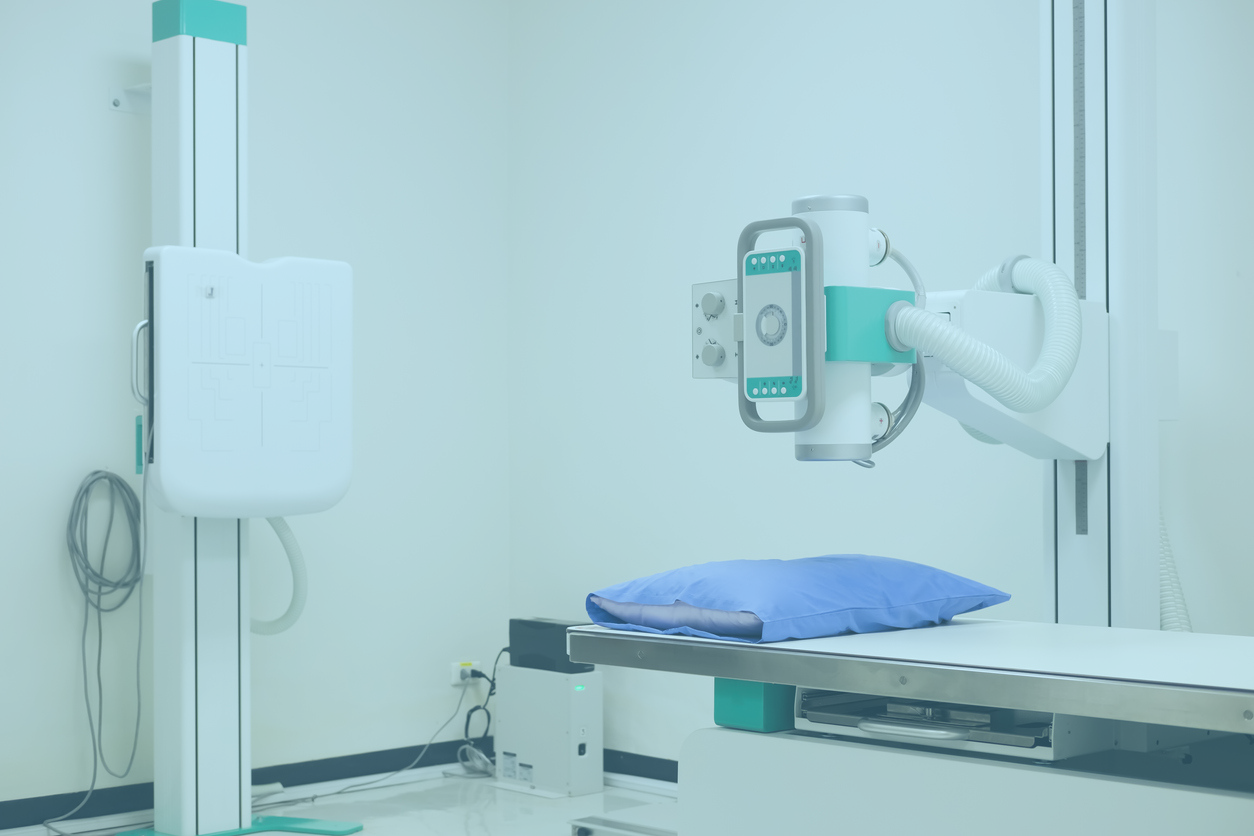Jan 08, 2024

When coding abdominal aortography and angiography of the lower extremities it can be difficult to know which CPT codes to assign.
In this coding tip, we will be concentrating on abdominal aortography andangiography of the lower extremities and how different catheter placements will affect the coder’s code selection in the OUTPATIENT setting.
Abdominal aortography and lower extremity angiograms can be coded in a few different ways, and code selection depends on catheter placement and which area is being studied; the aorta, the legs or both.
The abdominal aortography and extremity angiography codes are as follows:
- 75625: Aortography, abdominal, by serialography, radiological supervision and interpretation
- 75630: Angiography, abdominal plus bilateral iliofemoral lower extremity, catheter, by serialography, radiological supervision and interpretation
- 75710: Angiography, extremity, unilateral, radiological supervision and interpretation
- 75716: Angiography, extremity, bilateral, radiological supervision and interpretation
GUIDELINES:
Here are different examples of catheter placement and which angiography codes the coder would use:
- When catheter placement is in the aorta above the renal arteries or above the celiac artery and imaging of the entire abdominal aorta is done, assign code 75625.
- When catheter placement is in the aorta above the renal arteries and imaging of the aorta and the lower extremities is done from this one catheter location, assign code 75630, aortogram with run-off. This code does not require that both legs be studied with the aorta, and it does not require that the entire leg be imaged. It could be just the aorta and pelvis alone (iliac and femoral arteries).
- When the catheter placement is in the aorta where the iliac arteries bifurcate and imaging is done of the extremities from this one location, with limited or no findings of the aorta, it would be reported as an extremity angiogram (75710 for one leg and 75716 for both legs). Note that 75625 is not assigned unless an aortogram is actually done describing the aorta.
- When the catheter placement is in the aorta above the renal arteries and a complete abdominal aortogram is performed, and then the catheter repositioned down to the level of the iliac bifurcation with complete angiogram of one or both legs, then codes 75625 and 75710/75716 are assigned depending on if one leg or both were imaged. In this scenario, it requires that the legs be imaged at least to the knees or below.
- When the catheter placement is in a lower extremity artery only and the leg is imaged, assign code 75710 for imaging of one leg and 75716 if imaging is done in both legs with catheter placement in both legs.
Coding abdominal aortograms with lower extremity angiograms can be a bit confusing. The important thing to remember is to review the documentation to see where the end point catheter placement is and what is being imaged; the aorta, the legs or both.
References
CPT 2024 pg 549-550
CPT Assistant, December 2009, Page 13
CPT Assistant, April 2008, Page 11
CPT Assistant, January 2001, Page 14
Health Information Associates offers medical coding services, medical auditing services, and clinical documentation audit services for hospitals, ambulatory surgery centers, physician groups and other healthcare entities in the United States.
The information contained in this coding advice is valid at the time of posting. Viewers are encouraged to research subsequent official guidance in the areas associated with the topic as they can change rapidly.
Subscribe to our Newsletter
Recent Blogs
Related blogs from Medical Coding Tips
This is a series of blogs about the importanc...
Facial feminization surgery includes a range ...
Complex coding scenarios often lead to delays...
Provider documentation is the foundation of a...
Subscribe
to our Newsletter
Weekly medical coding tips and coding education delivered directly to your inbox.





